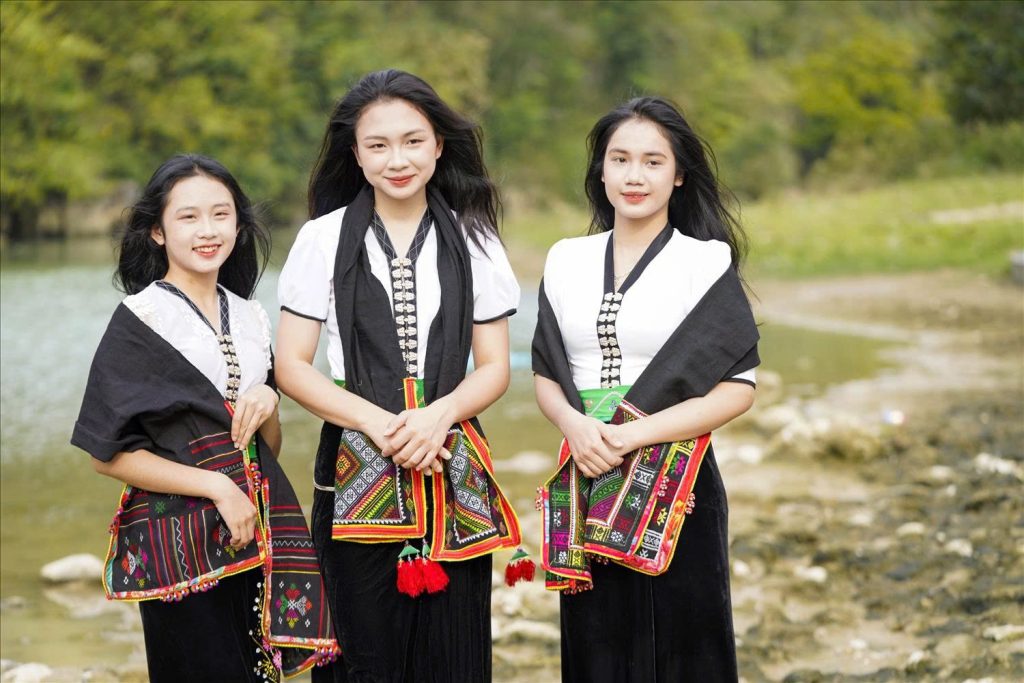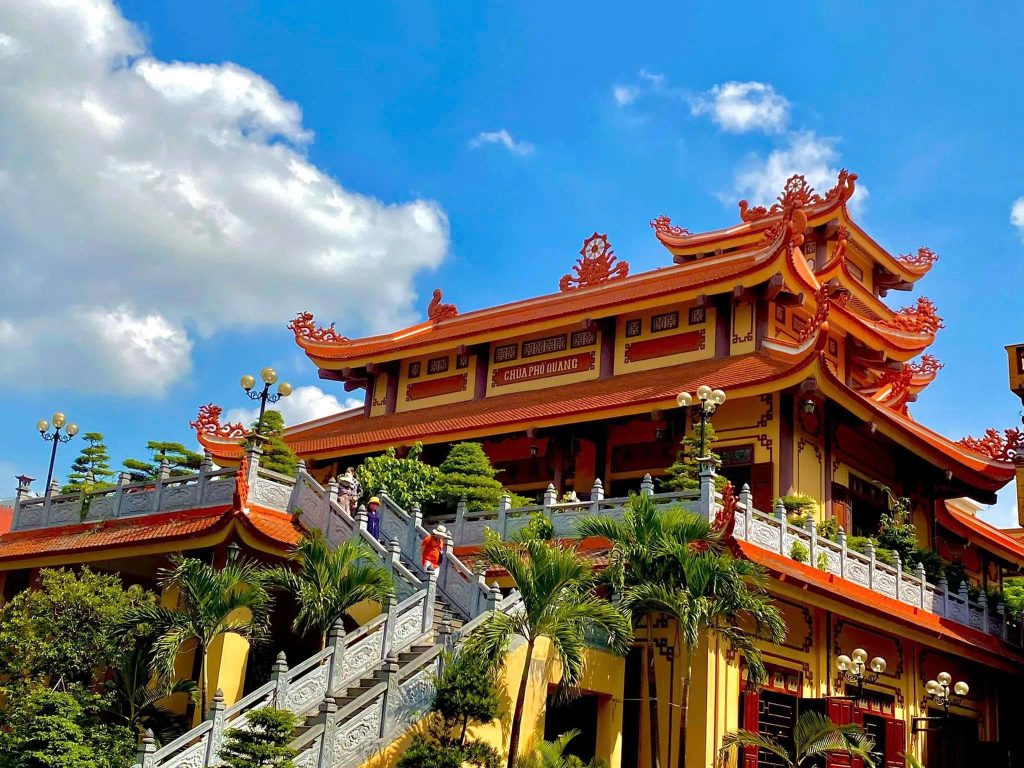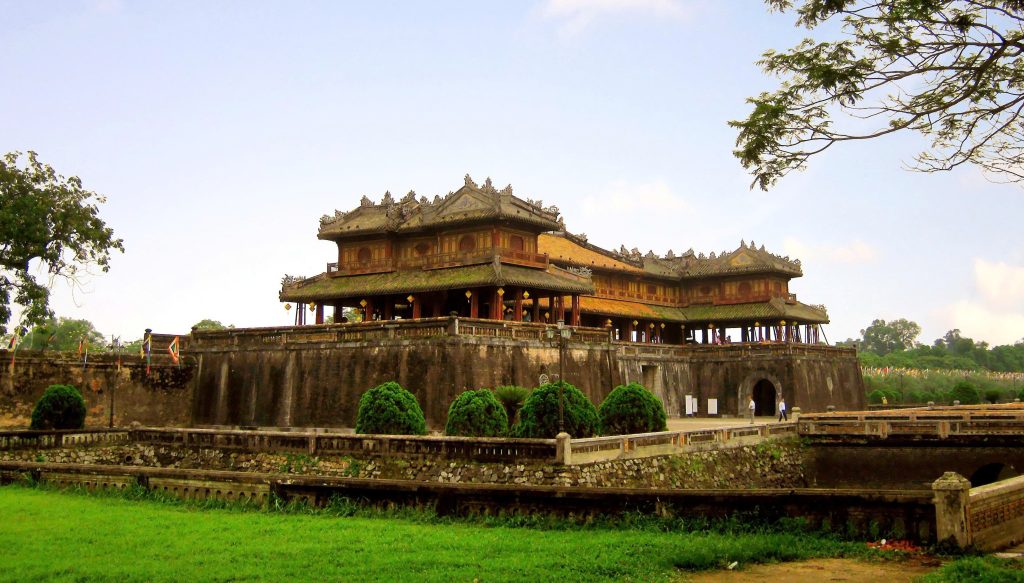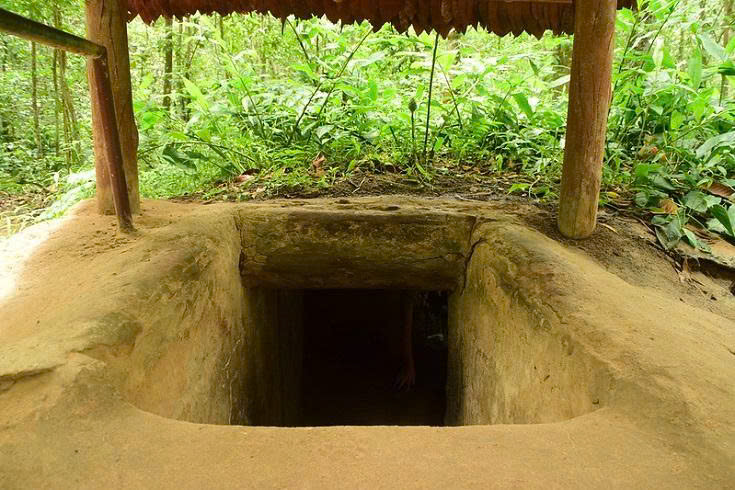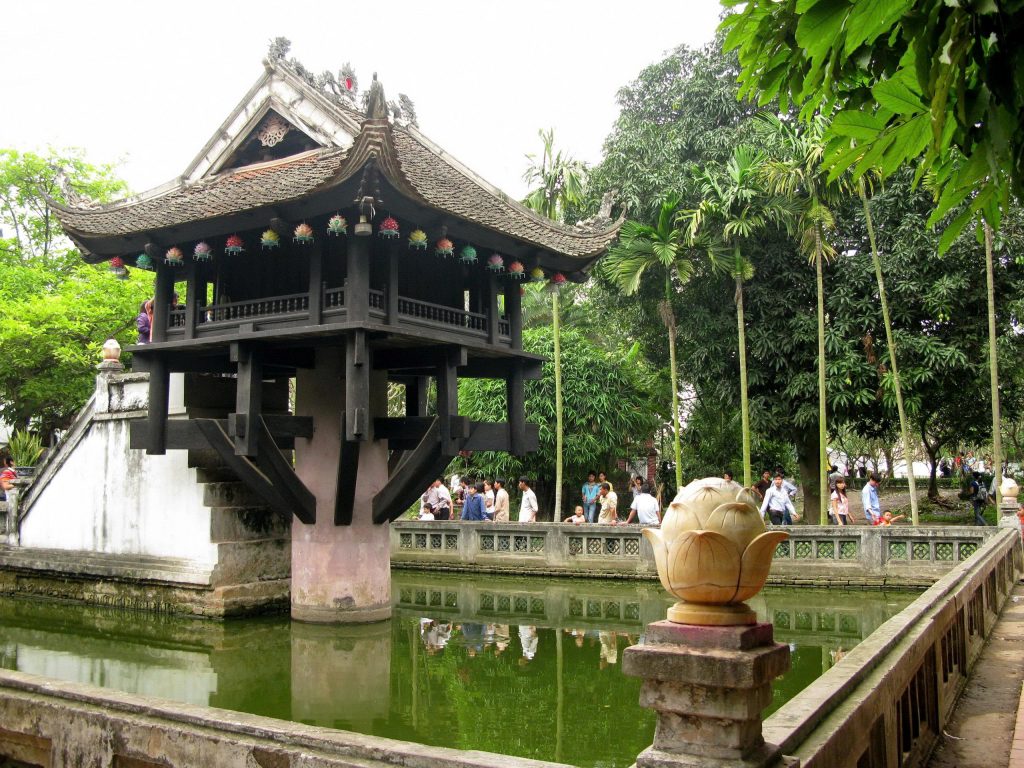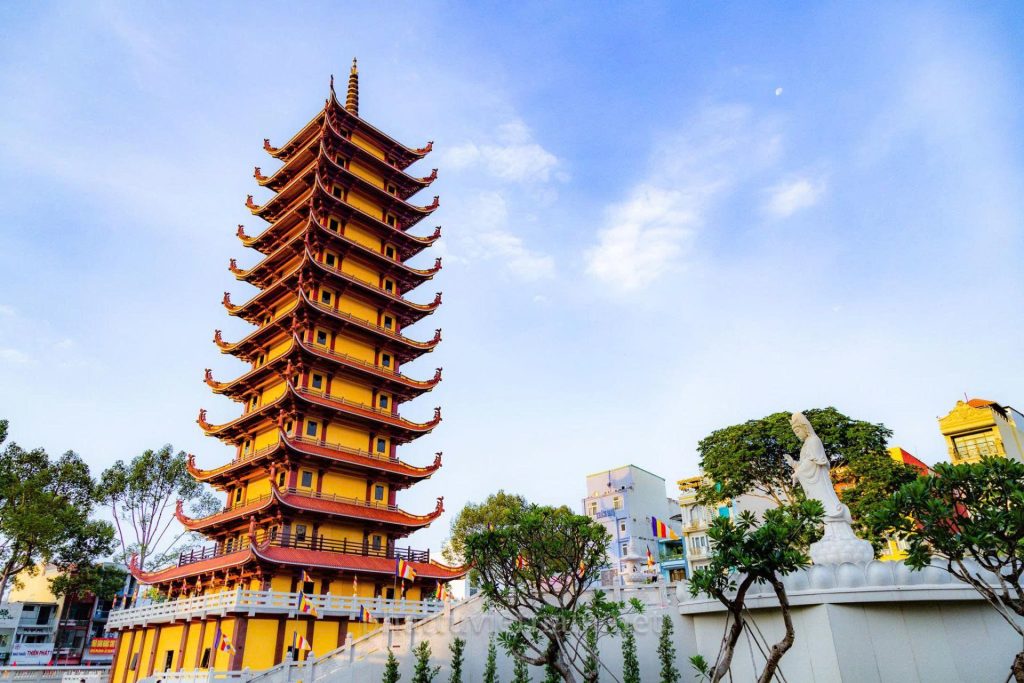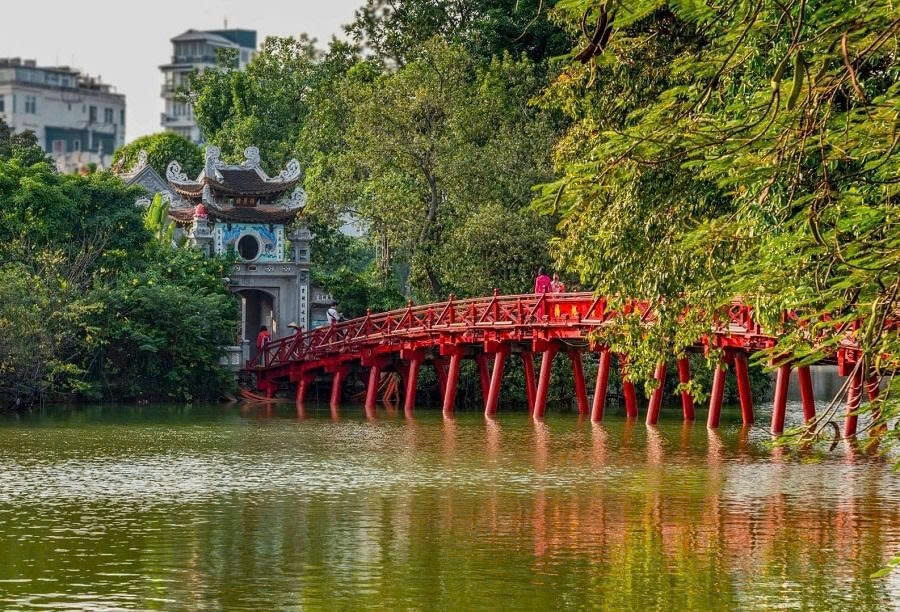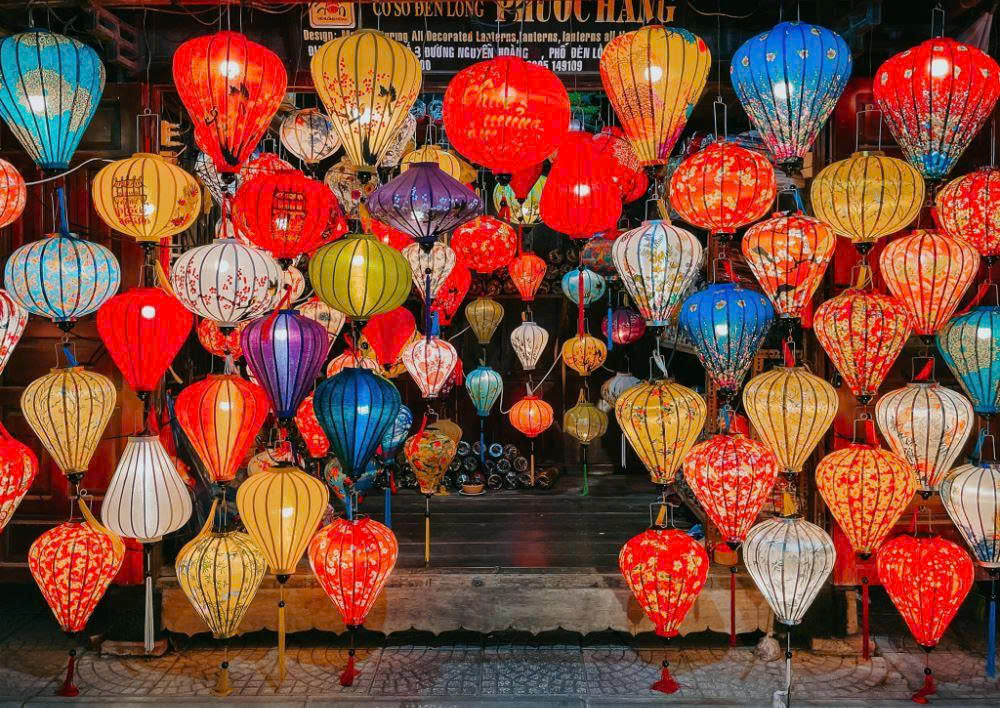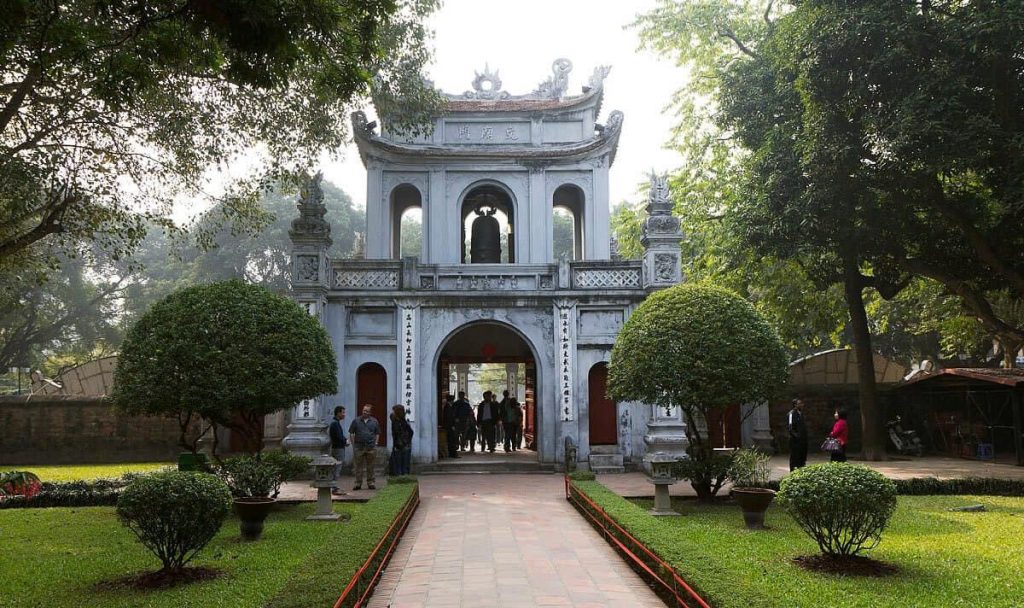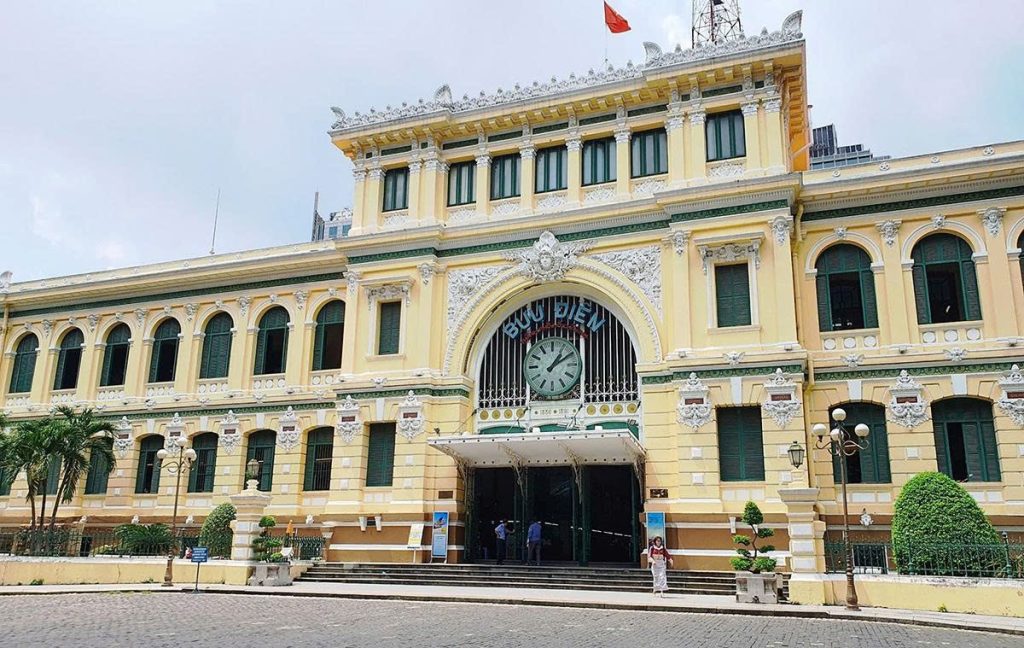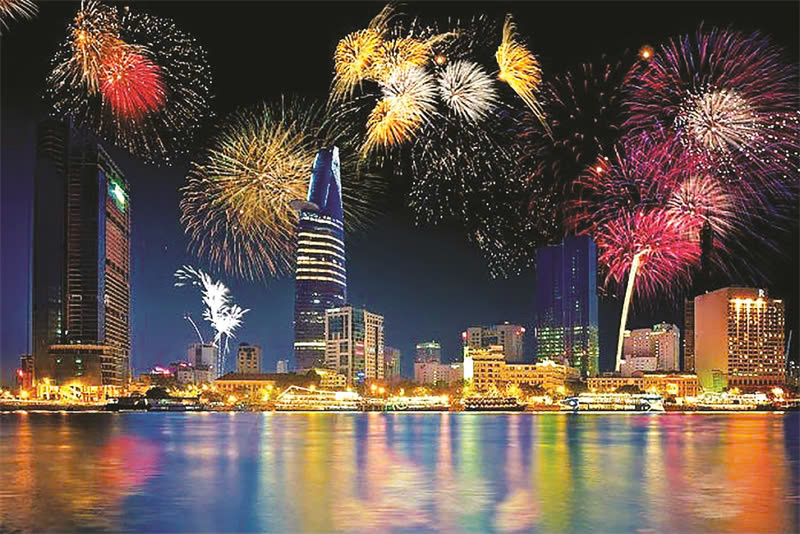The northern highlands of Vietnam are home to a remarkable mix of ethnic groups. Each group possesses its own distinct language. They also have unique customs and beliefs. While the Kinh majority lives in the lowlands, communities like the H’Mong, Dao, Thai, and Muong have ancestral lands in these mountainous regions. Understanding the nuances of their individual cultures is key. It helps in appreciating Vietnam’s overall cultural landscape.
For example, the H’Mong are a large ethnic minority. They further divide into subgroups. Each subgroup has variations in its clothing and traditions. Similarly, the Dao people have numerous branches. These include the Red Dao, White Pants Dao, and Coin Head Dao. Specific elements of their clothing and customs distinguish each branch. This internal diversity within larger ethnic groups adds complexity and fascination to the highlands’ cultural tapestry.
The H’Mong: Where Color and Craftsmanship Intertwine

People instantly recognize the H’Mong by their striking attire. It is a vibrant display of their exceptional textile skills. It also showcases their natural artistic talent. Traditional H’Mong costumes are more than just clothing. They are wearable art. Skilled artisans meticulously make them from handwoven hemp. Intricate embroidery and silver ornaments adorn them.
Beyond the Fabric: H’Mong Silver Jewelry
H’Mong women’s silver jewelry holds significant cultural and aesthetic value. Heavy, intricately carved necklaces are common. Ornate bracelets jingle with each gesture. Elaborate earrings are also worn. These are not merely decorative items. They symbolize wealth and social standing within the community. They often indicate marital status. The weight and detail of the silverwork reflect the family’s prosperity. They also show the silversmith’s skill. The melodic clinking of silver adds a unique auditory dimension. It complements their striking visual presence as women move through markets or gatherings.
The Dao: A Heritage Woven in Red and Silver

The Dao people are another significant ethnic group in the northern highlands. They are known for their sophisticated attire. Their cultural heritage is deeply tied to the symbolism of color and precious metals. Traditional Dao clothing often makes a powerful visual statement. Deep black fabric strikingly contrasts with vibrant red embroidery. This meticulous needlework often depicts mythical creatures. Stylized plants and intricate geometric motifs are also common. It showcases the remarkable artistic abilities of Dao women. It also reflects their deep-rooted connection to ancestral beliefs and traditions.
A Key Difference: Dao Attire
A key difference from the H’Mong’s layered skirts is that Dao women typically wear long, elegant tunics and trousers. A key characteristic of their traditional dress is the ornate red headscarf. Highly skilled craftspeople often embellish it with complex symbolic embroidery. Bright silver coins or delicate tassels serve as further adornments. This head covering lends a majestic quality to their overall look. Furthermore, it acts as an important indicator of a woman’s marital status and her place within the community.
Echoing the H’Mong’s Value: Dao Silver
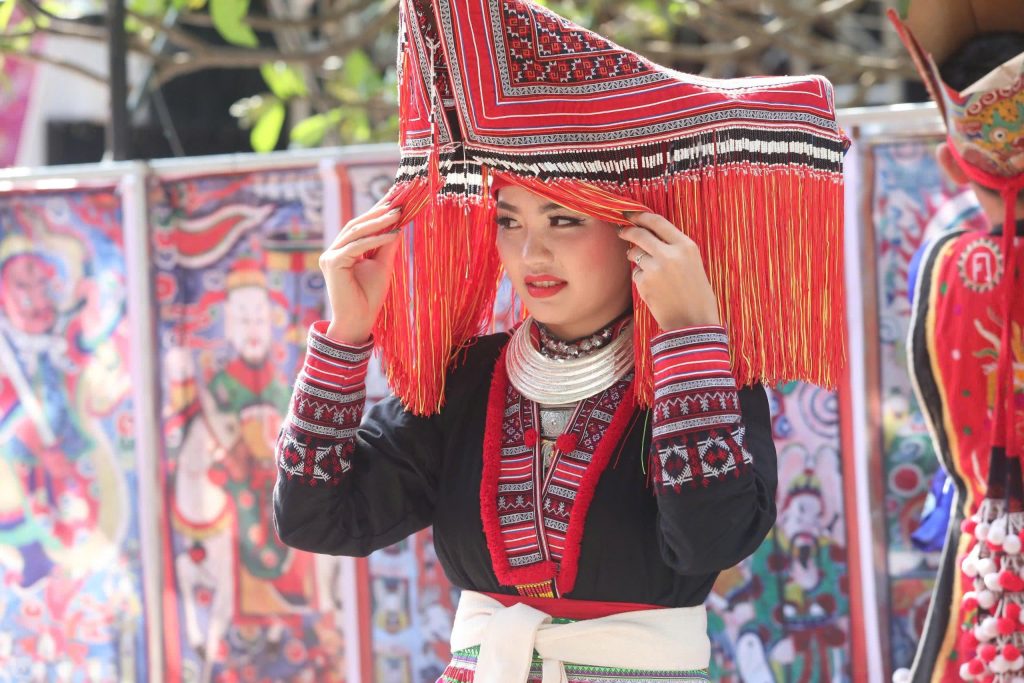
Much like the H’Mong’s esteem for the metal, silver holds a significant position in Dao culture and personal style. Dao women display an impressive collection of exquisitely fashioned silver jewelry. This includes elaborate necklaces with multiple strands and pendants. Intricately designed bracelets encircle their wrists. Elegant earrings frame their faces. These pieces are more than mere adornments. People believe they possess protective qualities. They ward off negative spirits. The detailed craftsmanship of their silverwork is a testament to their cultural heritage. It also shows the skill of Dao artisans.
The Thai: The Subtle Beauty of Woven Silk
Traveling to the western highlands, the Thai ethnic group offers a different yet equally captivating perspective on style and culture. Traditional Thai costumes are characterized by their graceful simplicity. The exquisite artistry of silk weaving is also notable. Thai women typically wear dark-colored, fitted blouses. Delicate silver buttons often adorn them.
A Contrast in Colors: Thai Elegance

In contrast to the bold colors favored by the H’Mong and the striking red of the Dao, the Thai often prefer a more subtle yet undeniably elegant color palette. The detailed narratives woven into their fabrics are also significant. The patterns on their skirts often depict scenes from nature. Stylized representations of animals and traditional symbolic motifs are common. This reflects their close harmony with the environment and their ancestral beliefs.
A Cherished Tradition: Thai Weaving
Furthermore, the Thai people are highly esteemed for their rich weaving traditions. Each region and even specific subgroups within the Thai community often have unique weaving techniques. They also have distinct patterns and color combinations. The intricate process of creating these exquisite textiles is a cherished cultural practice. This highlights their exceptional artistic skills. It also shows the deep cultural significance of this craft within their society.
Beyond the Threads: A Holistic Cultural Expression
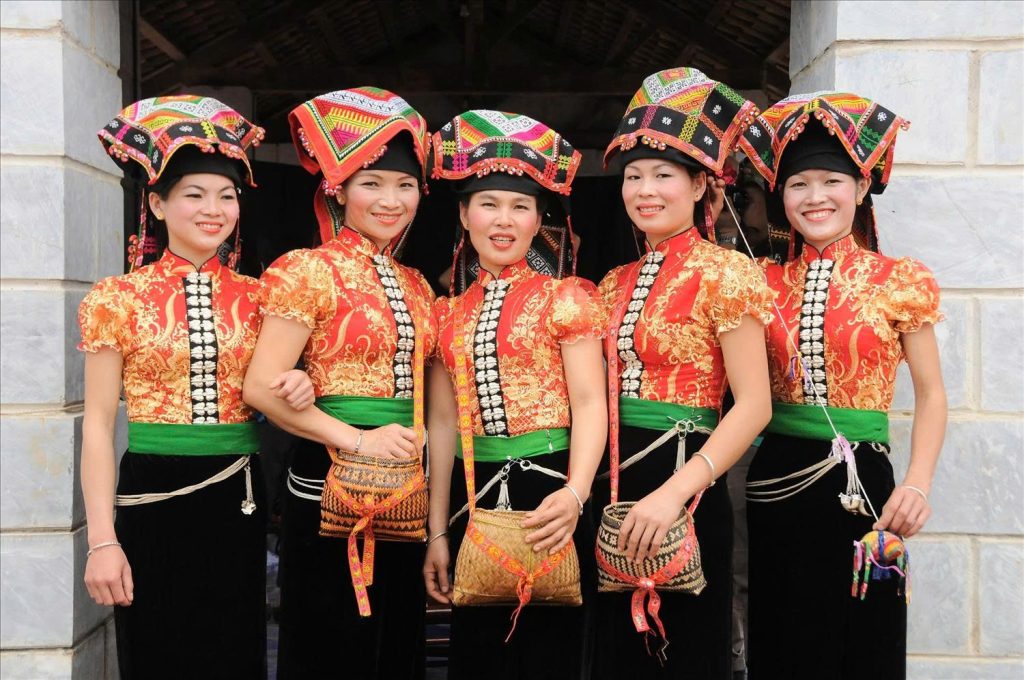
The unique style of these ethnic minorities extends beyond their visible clothing and adornments. Their deeply ingrained customs and traditions intricately weave together with their aesthetic expressions. This creates a complete tapestry of cultural identity.
Vibrant Celebrations: Highland Festivals
The lively Gau Tao festival of the H’Mong people marks a time for community bonding and fresh beginnings. The Dao people’s mesmerizing Fire Jumping festival is a ritual they believe brings good fortune. During these events, people proudly display traditional attire.
More Than Decoration: Enduring Highland Handicrafts
Beyond textiles and jewelry, their handicrafts encompass a wide range of skills and creations. The H’Mong people skillfully practice blacksmithing and intricate wood carving. They craft tools, agricultural implements, and household items that are both functional and aesthetically pleasing. The Dao people maintain unique paper-making traditions. They skillfully create intricate woodblock prints. The Thai people excel in basket weaving. They use bamboo and rattan to create practical and beautifully designed items. These traditional crafts are not merely economic activities; they are integral parts of their cultural heritage. They reflect their resourcefulness and artistic skills, and they also showcase their deep connection to their environmen,
Experiencing the Highlands Ethically
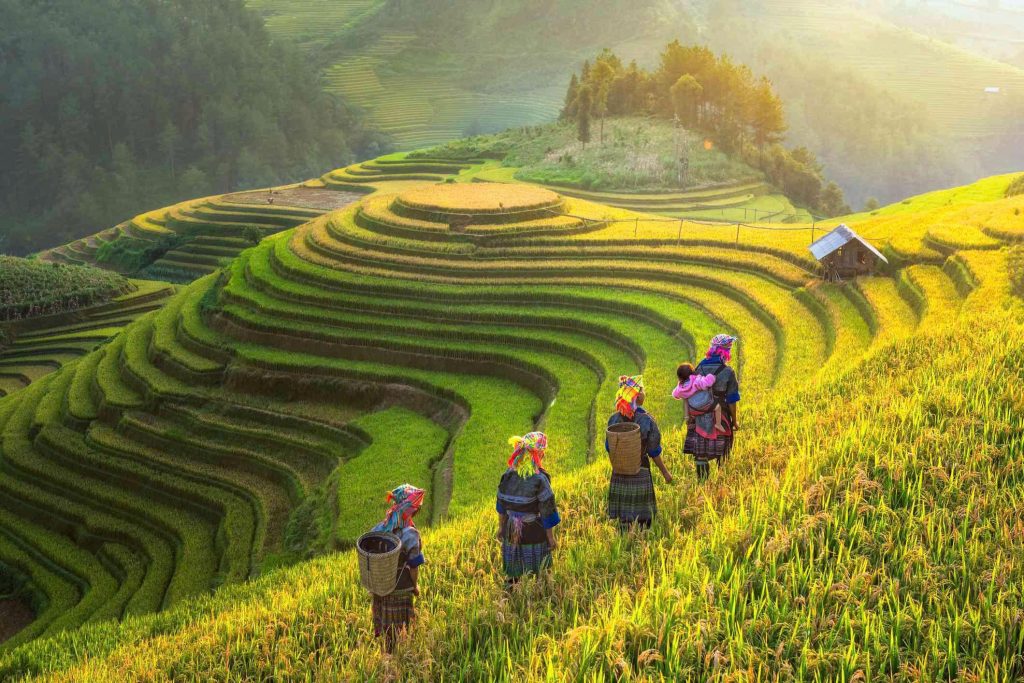
For travelers seeking authentic experiences in Vietnam, venturing into the northern highlands presents an unparalleled opportunity. They can witness this extraordinary blend of style and culture firsthand. Travelers find that engaging with local communities responsibly and sustainably is key. When they choose locally owned homestays and participate in guided tours led by knowledgeable local individuals, they gain a more profound and respectful understanding of the communities’ traditions and way of life.
A Matter of Respect: Ethical Cultural Encounters
However, it is crucial to approach these cultural encounters with utmost respect and sensitivity. Recognizing the deep cultural significance of their attire, jewelry, and customs is essential. Always ask for permission before taking photographs. Actively supporting local artisans through fair trade practices ensures that tourism contributes positively to the preservation of their invaluable cultural heritage.
RELATED: Ultimate Sapa Trekking Guide: Culture & Terraces
The northern hill tribes of Vietnam offer an enriching and eye-opening travel experience. It transcends the typical tourist itinerary. From the vibrant artistry of H’Mong textiles and silverwork to the elegant silk weaving of the Thai and the symbolic adornments of the Dao, their unique styles are powerful visual expressions of centuries of tradition. They also showcase artistic innovation and a profound connection to their ancestral lands. A journey into these highlands is an immersion into a living cultural tapestry. It stands as a testament to the enduring strength and beauty of Vietnam’s diverse ethnic heritage. It awaits discovery beyond the familiar shores.

